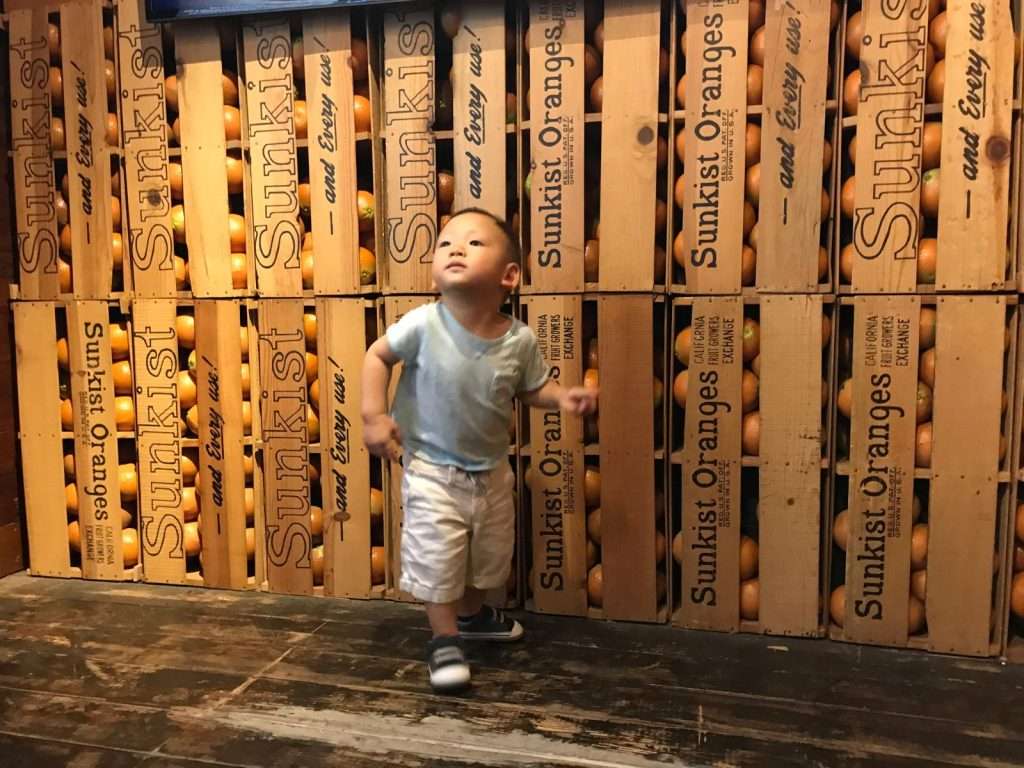
When my son Brayden was a mere 3-month-old baby, I brought him to my office for a visit. He giggled for the first time when he spun around on my swivel chair, and met the most people under one roof for the very first time. We were all having a wonderful time. That night, we noticed that his cheeks were flushed and rosy, and attributed that to the excitement of the day. Over the next few weeks, the redness on the skin became itchy, scaly rashes that were spreading all over his body. That was when we learned of eczema.
Upon some quick research, we learned that eczema is part of the allergy trifecta along with asthma and allergy, meaning if you have developed one of the three conditions (eczema, asthma, allergy), your chances of developing the other conditions increase significantly. Sure enough, by 6 months, we confirmed that we were on the ‘eczema march’ – the progression of allergic symptoms from eczema to food allergy, hay fever, and/or asthma. From then on, we were full-on with our journey of managing and treating food allergies.
But, we were confused. Neither my husband nor I had severe food allergies – how did our son hit the jackpot?
There was a clear genetic factor, as most of Brayden’s ancestors had a range of conditions, varying from asthma, eczema, hay fever, food sensitivities, and psoriasis. Now, thanks to a recent study about the prevalence of food allergies in the asian american community, we realize that Brayden’s odds of developing food allergies were even higher. A recent Stanford University study is one of the first to look at subgroups of Asians in the U.S. under 18 to try to understand why Asian Americans are so at risk.
Debbie Taback, allergy mom extraordinaire and co-founder of Latitude Food Allergy Care said, “Interestingly, while Latitude did not participate in the study and our patient data wasn’t used, we presented a poster at the American Academy of Allergy, Asthma, and Immunology (AAAAI) Annual Meeting recently – alongside Weill Cornell Medicine and New York-Presbyterian – using our real-world data of OIT patients (“Factors Associated with Oral Immunotherapy-Related Reactions in Food Allergy Management: Insights from Clinical Practice“) that reflects that 24% of 1003 patients indicated that they were Asian.”
Food represents an important cultural connection in Asian American families, especially inter-generational relations with language barriers.
It is no different in our extended families – with us repeating his list of allergies, emphasizing the need for accommodations, outlining the health consequences, as well as endlessly explaining why he cannot consume the communal meals or certain “safe dishes” due to cross-contact risks. Building up Brayden’s tolerance for certain allergens such as wheat is already making a significant impact for him across all physical and mental aspects. Food allergy management and treatment are vital to his safety. We have chosen to continue our food allergy journey by entrusting Brayden to Latitude Food Allergy Care because it is an organization born out of fellow allergy moms’ need for support and viable ways to diagnose, manage, and treat food allergies.
What I love about Latitude is that the team there truly understands the challenges and stress of food allergies and is here to support us on our journey.
And they listen. I cannot stress how important it is for a care team to listen to the parents. We as allergy parents are not only the first line of defense against adverse allergic reactions for our kids, but we are also the biggest champion for them. Every case of food allergies is different. Every path to treating food allergies varies from person to person. There is no one-size-fits-all. Latitude is supported by world-renowned healthcare researchers and clinicians who help parents take hold of their role as food allergy champions for their kids for their respective, customized journeys. The treatment doesn’t end at the clinic – it continues at home, during school, at family gatherings, on playdates, and during travel. Latitude’s support to our family extends beyond their physical clinics in correspondence – through webinars, hotline, their proprietary app, and so forth.
Stay tuned for more on all the nifty touches they have in place for oral immunotherapy (OIT) treatments!
The information on this website is not intended or implied to be a substitute for professional medical advice, diagnosis, or treatment. All content, including text, graphics, images, and information, contained on or available through this website is for general information purposes only. Always seek the advice of your physician or other qualified health care provider with any questions you may have regarding a medical condition or treatment and before undertaking a new health care regimen. Never disregard professional medical advice or delay in seeking it because of something you have read on this website.



















